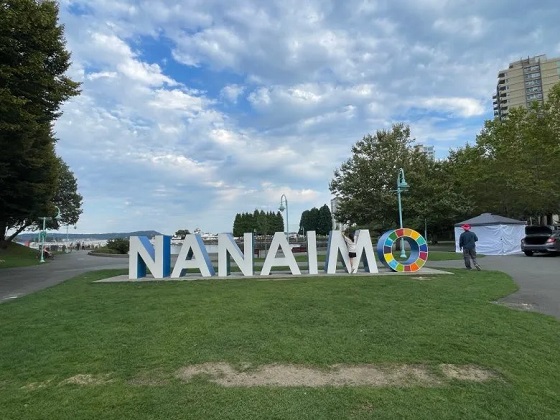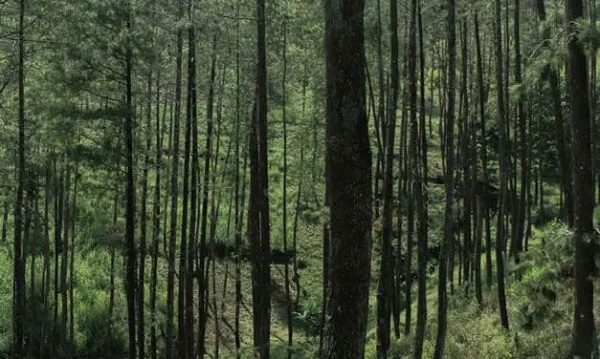Alberta
How Trump and Alberta might just save Canada
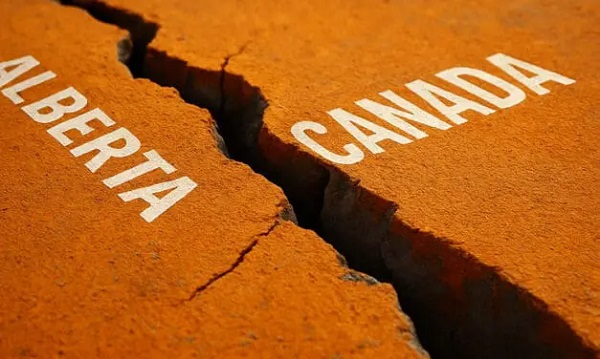
This article supplied by Troy Media.
 By Our View
By Our View
Canada faces a reckoning as Trump and Alberta disrupt long-held national assumptions
It may sound counterintuitive, but U.S. President Donald Trump and Alberta Premier Danielle Smith might be doing more to strengthen Canadian unity and prosperity than anyone in Ottawa.
Both are forcing a broken system long overdue for reform to face its flaws—Trump from the outside, Alberta from within. Trump’s revived protectionism is pushing Canada to confront its economic dependence on the United States, while Alberta’s bold demands are exposing the structural weaknesses of Canadian federalism. This unlikely convergence of pressure could lead to reform that strengthens the nation.
Trump’s renewed imposition of tariffs on Canadian imports, including a 25 per cent levy on most goods and a 10 per cent tariff on energy products, has
reignited trade tensions between the two nations. Trump has done this before: his 2018 tariffs on Canadian steel and aluminum sparked a brief but damaging trade war. His new measures are already disrupting industries reliant on crossborder supply chains, particularly in critical minerals.
However, there is a significant caveat: goods that comply with the United States-Mexico-Canada Agreement (USMCA)—the trade deal that
replaced NAFTA—are exempt from these tariffs. This exemption, initially set to expire on April 2, 2025, has been extended indefinitely, providing relief to industries that meet the agreement’s rules of origin. For example, auto parts manufactured in Canada that comply with USMCA standards are exempt from the newly announced duties.
Even with these carve-outs, the broader trade friction remains. This tension could be just what Canada needs. An unreliable U.S. trade partner may finally push Canadian policymakers to diversify markets, boost productivity and reduce our long-standing dependence on a single customer. The pain may be temporary, but the lessons could be permanent.
Meanwhile, Alberta is making it clear that business as usual will no longer be tolerated. Smith has issued a wide-ranging list of demands, including a repeal of Bill C-69—often called the “no more pipelines” bill by critics—which imposed stricter federal reviews on major energy projects; freedom to develop oil and gas resources without federal emissions caps; and the ability to opt out of industrial carbon taxes and net-zero vehicle mandates.
Some critics call Alberta’s stance reckless or anti-environment. But behind the rhetoric lies a growing frustration with a system that penalizes the very provinces driving Canada’s economy. Alberta isn’t seeking favours—it’s demanding fairness. If Ottawa fails to respond, the province is prepared to hold an independence referendum. That’s no longer an idle threat.
Canada’s deeper problems go well beyond Alberta. Interprovincial trade barriers fragment our economy. Energy infrastructure is blocked or stalled. And the equalization program sends billions to provinces that refuse to develop their own resources. Equalization is meant to ensure all provinces can deliver comparable public services, but the formula often penalizes growth-oriented provinces like Alberta while rewarding inaction. For decades, we’ve watched opportunity slip through our fingers, often by our own design.
External and internal forces are now creating the urgency we’ve lacked. Canadians are increasingly asking why internal trade isn’t as free as external
trade. Support for pipelines and energy independence is growing, even in provinces that previously opposed them. With global instability rising, secure
access to our own energy and markets is no longer optional—it’s essential.
It’s also hard to justify Quebec receiving $13 billion annually while banning fracking and refusing to develop its shale gas. The equalization formula discourages innovation, investment and self-reliance in recipient provinces. That’s not national solidarity—it’s economic dead weight.
This moment may feel tense, even dangerous. But real progress often begins with discomfort. Much like a labour negotiation or a market correction, shortterm conflict can lead to long-term renewal.
Canada has two choices: continue muddling along, or use this moment to reset and rebuild. That means cutting internal trade barriers. It means modernizing equalization. It means saying yes to energy infrastructure that strengthens national sovereignty. And above all, it means recognizing that the West’s prosperity is Canada’s prosperity.
Trump isn’t acting with Canada’s best interests in mind. Neither is Alberta trying to dismantle the country. But both are forcing us to look in the mirror. If we take this opportunity seriously, we may come out of it with a stronger, more selfreliant and united Canada.
Troy Media empowers Canadian community news outlets by providing independent, insightful analysis and commentary. Our mission is to support local media in helping Canadians stay informed and engaged by delivering reliable content that strengthens community connections and deepens understanding across the country.
Alberta
Ottawa’s bold energy promises face skepticism in Alberta
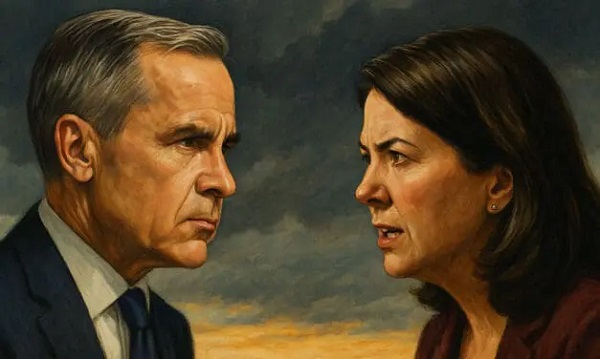
This article supplied by Troy Media.
 By Rashid Husain Syed
By Rashid Husain Syed
Carney vows action but Alberta wants to see results and the repeal of Trudeau-era regulations
Ottawa is promising speed, Alberta is demanding proof, and the future of Canada’s energy industry hangs in the balance. A change in government hasn’t changed the tone—mistrust still defines the relationship between Ottawa and the oil-rich West. That tension is far from resolved, and any reconciliation may still be weeks or months away.
Prime Minister Mark Carney has pledged to “build big, build bold, and build now.” In recent days, new federal Energy Minister Tim Hodgson has been repeating the prime minister’s campaign promise to fast-track projects of national interest, including major energy projects. “Canada will no longer be defined by delay. We will be defined by delivery,” Hodgson underlined in a speech at the Calgary Chamber of Commerce last Friday, pledging to see through the prime minister’s vision to transform “Canada into a conventional and clean energy and natural resources superpower.”
Hodgson made it clear Ottawa is in a hurry. “No more five-year reviews. Decisions will come in two years for all projects. This is not a time for half measures or slow steps,” he said.
In a post-address interview with chamber CEO Deborah Yedlin, Hodgson emphasized his focus on “quick wins” in the energy sector. He reiterated support for the proposed new West to East pipeline, a crosscountry project intended to move Alberta oil and gas to refineries and ports in Eastern Canada, and promised new infrastructure to get Canadian energy “to trusted allies” outside the U.S.
But while pursuing energy infrastructure at speed, Hodgson asserted that limiting greenhouse gas emissions remains a priority. The Carney government sees crude and natural gas exports as complementary to climate goals, not in conflict. This dual-track approach—clean and conventional energy moving forward in tandem—reflects the government’s broader energy vision.
Many in the Calgary business community responded with cautious optimism. Some were encouraged that Calgary was Hodgson’s first major stop. Others were skeptical. “There is some repair and trust-building that has to happen given the challenges of the last 10 years, I would argue,” Yedlin later told reporters, emphasizing that the real test will be reducing regulatory burdens on major projects.
Alberta Premier Danielle Smith, building pressure on Ottawa, was quoted in media reports as saying it’s “go time” for Mark Carney.
“Enough with the foot-dragging. Enough with trying to maintain the same failed policies of the last 10 years. Let’s get going,” says Smith. “Look. I was told to give this guy a chance. I’m giving him a chance. Now I’m telling him: Don’t blow it.”
Her demands are clear: scrap the Liberal No More Pipelines law—formally known as the Impact Assessment Act—along with the cap on oil and gas emissions, the net-zero electricity regulations and the tanker ban off the west coast.
That’s just part of the list. But as Smith puts it, “So far I’m not seeing anything to suggest there’s been a true change of heart.”
“I’ve got a mandate to develop our economy and exercise our constitutional rights, and I’m going to do that, one way or the other,” she emphasized, almost threateningly.
For Canadians, what’s at stake is more than pipeline routes. The outcome of this standoff could shape national energy prices, affect investor confidence in Canadian infrastructure and resource sectors, influence emissions targets and test the limits of federal-provincial cooperation.
Carney and Hodgson face more than infrastructure challenges—they must bridge a widening political divide. The clock is ticking.
Toronto-based Rashid Husain Syed is a highly regarded analyst specializing in energy and politics, particularly in the Middle East. In addition to his contributions to local and international newspapers, Rashid frequently lends his expertise as a speaker at global conferences. Organizations such as the Department of Energy in Washington and the International Energy Agency in Paris have sought his insights on global energy matters
Troy Media empowers Canadian community news outlets by providing independent, insightful analysis and commentary. Our mission is to support local media in helping Canadians stay informed and engaged by delivering reliable content that strengthens community connections and deepens understanding across the country.
Alberta
Alberta providing additional $7 million to Grande Prairie to help transition to municipal police service

Supporting homegrown policing solutions
Alberta’s government is following through on a commitment to ensure that communities can pursue policing solutions that meet their needs and are supported in reaching their public safety goals. That’s why the province is supporting the City of Grande Prairie with an additional $7 million in funding as it transitions to a municipal police service, helping to advance a homegrown solution that meets the needs of the community.
This new funding reinforces and builds on the province’s initial $9.7 million two-year commitment to help the City of Grande Prairie meet its policing and public safety needs, following the city council’s decision in March 2023 to transition from the RCMP to a municipal police service.
“Alberta’s government will do whatever it takes to keep people safe. The City of Grande Prairie is pursuing a policing solution that’s right for the community and its residents, and Alberta’s government is behind them throughout the transition process. Albertans, regardless of where they live, deserve fast and reliable law enforcement where and when they need it. Our government remains committed to ensuring Alberta municipalities have their choice of policing provider.”
Since 2023, Grande Prairie has made significant progress in hiring officers and civilian staff, procuring equipment, and beginning the development of essential IT infrastructure for a municipal police service. This support from the province ensures that the city can keep the momentum of its transition going as it lays critical groundwork for the Grande Prairie Police Service (GPPS).
The funding will support the projected start-up costs associated with building and implementing the new service, including salaries, benefits, recruitment, equipment and training. The GPPS is expected to become the primary police service of jurisdiction for Grande Prairie in 2026.
Once provincial startup funding through the Grande Prairie Police Service Grant agreement ends, the city will absorb all operational costs associated with its new police service. The annual operating budget of the GPPS is projected to be less than those associated with policing services contracted through the RCMP.
“The City of Grande Prairie is thankful for this announcement and the ongoing funding and support from the provincial government as we transition to a municipal police service. The transition is on budget and on schedule and has already provided a positive impact on our community safety and valuable insights on the modernizations that will be achieved with a stand-alone municipal police service model.”
“With the ongoing support and funding from the Alberta government, we are creating a modern, community-oriented police service that reflects the unique needs of Grande Prairie. The Grande Prairie Police Service is quickly proving that a policing transition can be both effective and efficient.”
Key facts
- The projected total cost of establishing and implementing the GPPS is $19 million.
- The GPPS is expected to become the primary police of jurisdiction for Grande Prairie in 2026.
- Through the Indigenous and Municipal Police Transition Study Grant program, Alberta’s government delivered more than $2.2 million in funding to help 35 municipalities, 23 First Nations and eight Metis Settlements to explore ways to enhance their existing policing models as well as alternate options such as self-administered First Nations policing or standalone police services.
- Under Alberta’s Police Act, towns and cities with populations greater than 5,000 are responsible for their own policing and can form their own municipal police service, be part of a regional policing arrangement or contract with the federal government for RCMP policing services to meet their public safety needs.
Related news
- Alberta funds community policing in Grande Prairie (Feb 22, 2023)
-

 Fraser Institute1 day ago
Fraser Institute1 day agoFederal government’s ‘affordable housing’ strategy doomed without strong income growth
-
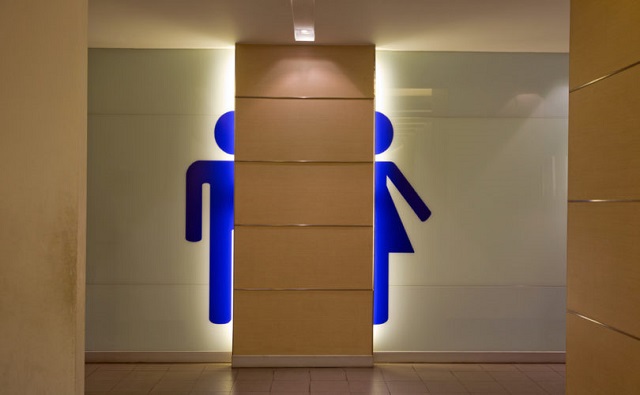
 Health1 day ago
Health1 day ago21 Canadian doctors demand review of transgender drugs, surgeries for children
-

 Alberta2 days ago
Alberta2 days agoJann Arden’s Rant Will Only Fuel Alberta’s Separation Fire
-

 armed forces2 days ago
armed forces2 days agoNew Trump-Pentagon ad resets mission: end wokeness, win wars
-

 Bruce Dowbiggin2 days ago
Bruce Dowbiggin2 days agoCaitlin Clark Has Been The Real Deal. So Her WNBA Rivals Hate Her
-
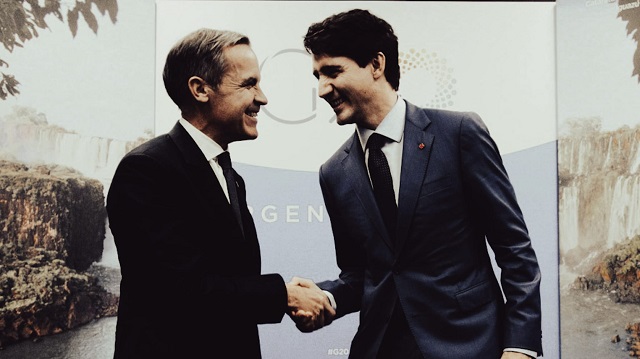
 Carbon Tax1 day ago
Carbon Tax1 day agoCarney picks up Trudeau’s net-zero wrecking ball
-

 Daily Caller2 days ago
Daily Caller2 days agoThere’s A Catch To California’s Rosy Population Stats
-
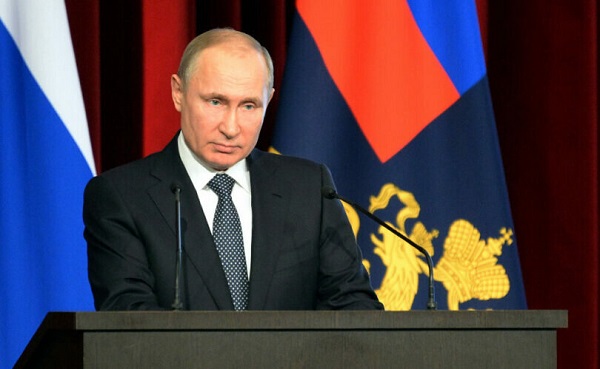
 conflict2 days ago
conflict2 days agoRussia Launches Largest Drone Attack Of War As Trump Loses Patience With Putin

